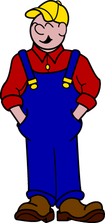Note: This feature is in the May TT&C 2023 issue.
| Click for ordering info: SHOVEL | Northwest Engineering Company of Green Bay, Wisconsin, had gained a reputation for producing rugged, reliable excavating machines, since its beginnings in 1921. A brief history of the company appeared in the April 2009 issue of Toy Trucker and Contractor by Keith Haddock, when he covered the history of the smaller 1 cubic yard Northwest Model 25. By the time of the 1930s, demands for larger machines to work larger projects had increased. Machines larger than 1 to 1/3/4 cubic yards were needed to tackle those jobs. Northwest answered the call by introducing its first machine in the 2 cubic yard class, the Model 8, which was introduced in 1930. Next came the Model 78-D, a 2 cubic yard machine in 1931 which hosted several improvements. These were offered as shovels, cranes or draglines. In 1933 Northwest introduced what would become its most legendary machine, the Model 80, of 2 ½ cubic yard capacity. Early versions had a squarish machinery house, some with an “upward vision” extension for better view for the operator. All the proven features introduced on earlier machines were offered, such as the Feather-Touch mechanism that used engine power to activate drum clutches to reduce operator fatigue, and the Dual Crowd that used the tension at the end of the hoist cable to assist crowding the dipper forward into the bank while digging. The Model 80 shovel had an odd-looking rearward facing gantry, a cambered boom with twin sticks that straddled it, and a complex reeving for the combined hoist and crowd/retract functions. In 1937, for an unknown reason, the letter “D” was added, and the machine became known as the 80-D. Although early versions were offered with different engines available, such as a gasoline Twin City and diesels by Atlas and Fairbanks, the most popular engine choice was the low-revving, high-torque Murphy MP-21, introduced in 1938. The mating of a Murphy Diesel with the rugged design of the 80-D proved to be an unbeatable combination, which earned the 80-D the moniker “A Real Rock Shovel.” The sound of a Murphy in a Northwest 80-D is truly a memorable one! The 80-D was offered as a shovel, crane, pullshovel (backhoe), and dragline. In 1947, the machinery house was redesigned from the earlier squarish one, replaced with a smooth more-rounded profile, which somewhat resembled a breadbox. The first version of this house had a side window beside the operator, with access through a sliding door just behind. The later breadbox house had a sliding door that slid from the very front to approximately midway the length of the house. Painted in a distinctive orange and black, both styles became the most recognizable signature of a Northwest machine. In 1955 a new look for the machine appeared, with a new boom/stick configuration which replaced the twin stick design. The boom was split midway, with the single stick now in between. With the new boom, greatly simplified reeving for the hoist/crowd/retract functions along with the “breadbox” house and a revised A-frame gantry replacing the rearward gantry, this Murphy Diesel powered shovel became the definitive and classic version of the Northwest 80-D. It now had a cleaner, refined appearance. This version participated in virtually all major construction jobs, not only in the United States on big highway jobs and other infrastructure projects, but overseas as well. After 1962, the full-mechanical Feather-Touch controls were replaced by air-operated controls, called Cushion-Air. Introduced with the larger 180-D and 190-D machines, the new air control found its way into the 80-D. machines. In the early 1970s, the Series II version featured a new house design which replaced the familiar breadbox house with the Capsule Cab, designed by Northwest engineer Alan Brickett, which isolated the operator from machinery noise, giving the 80-D a new look. The machinery house had a flatter, less rounded profile, giving it a more modern appearance. Some of these Series II machines were painted in the traditional orange and black, others received an orange, white and gold treatment. The Northwest 80-D shovel, initially rated at 2 ½ and later raised to 3 cubic yard capacity, had a twenty-five foot boom and a twenty-two foot, two inch long stick, carrying either a Northwest AMSCO or ESCO dipper, weighed from 71.3 to 74 tons. The Model 80 and later 80-D were produced from 1933 to 1985. |

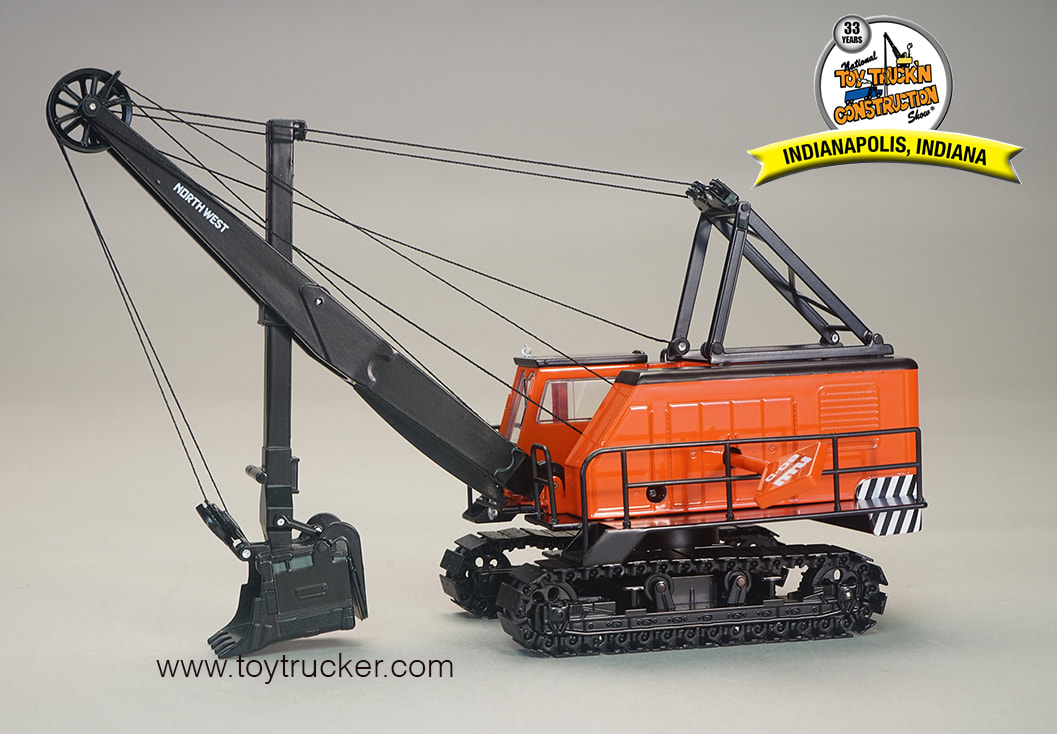
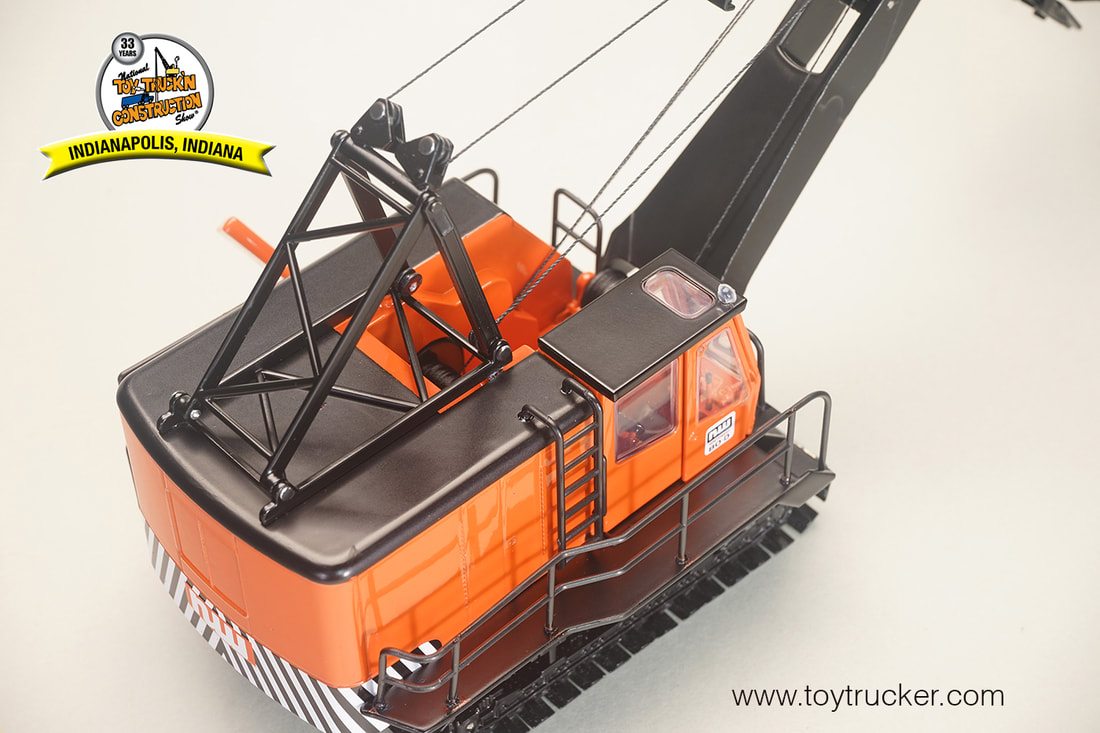
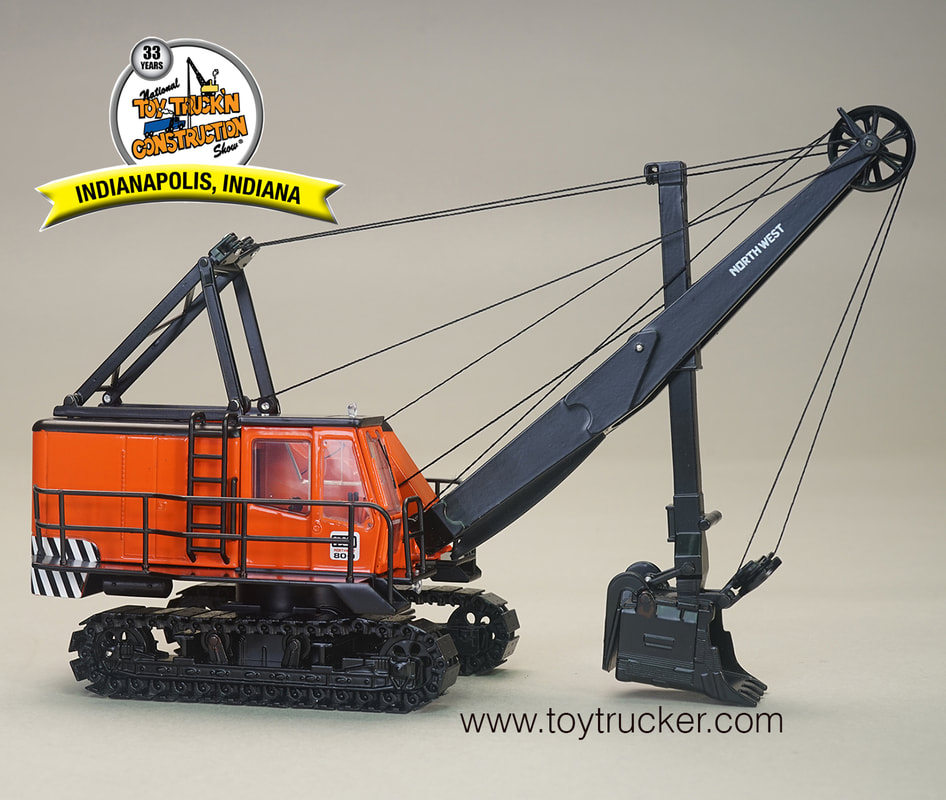
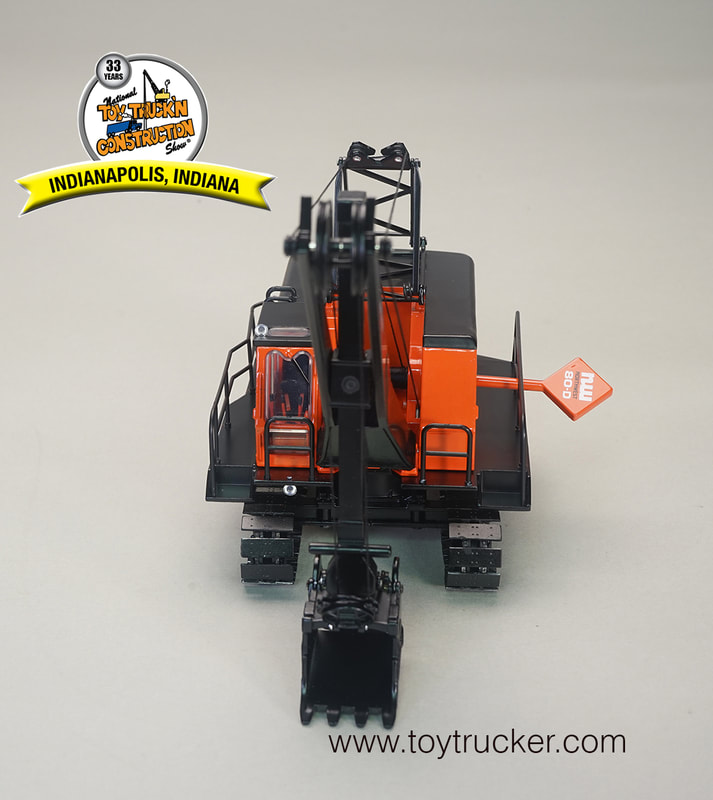
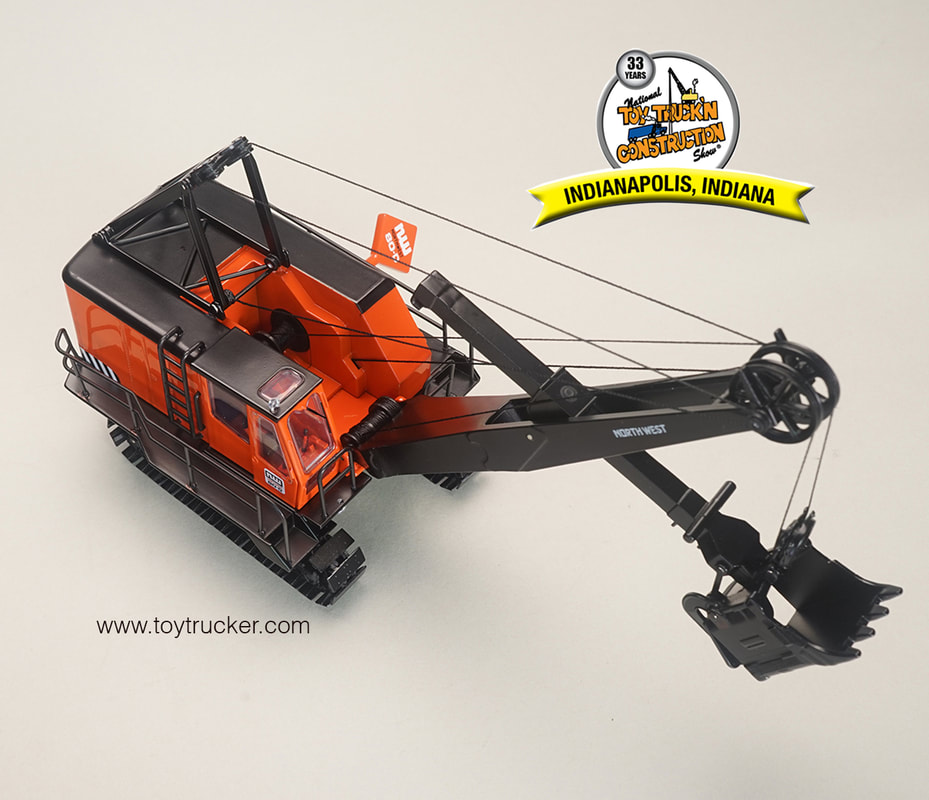
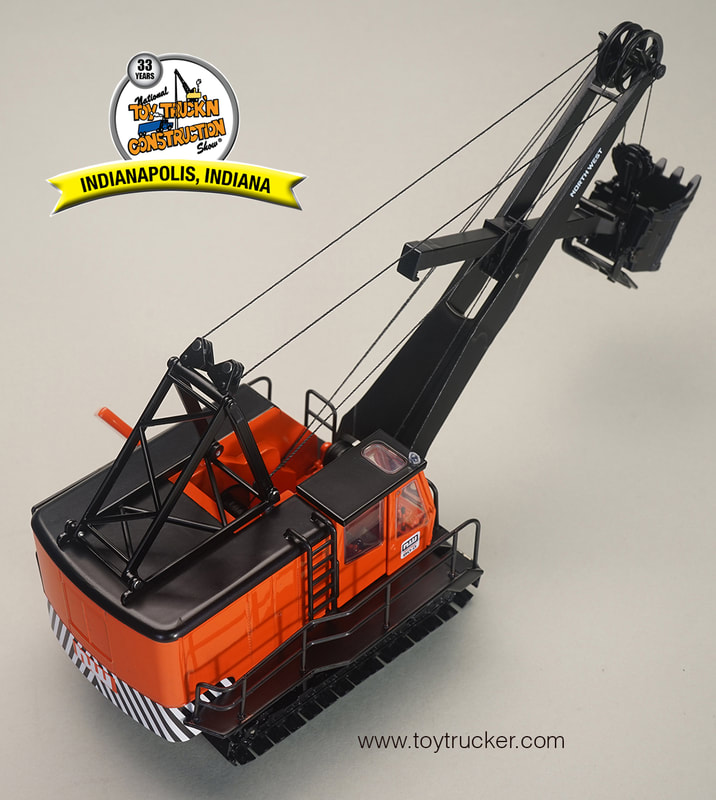
 RSS Feed
RSS Feed
